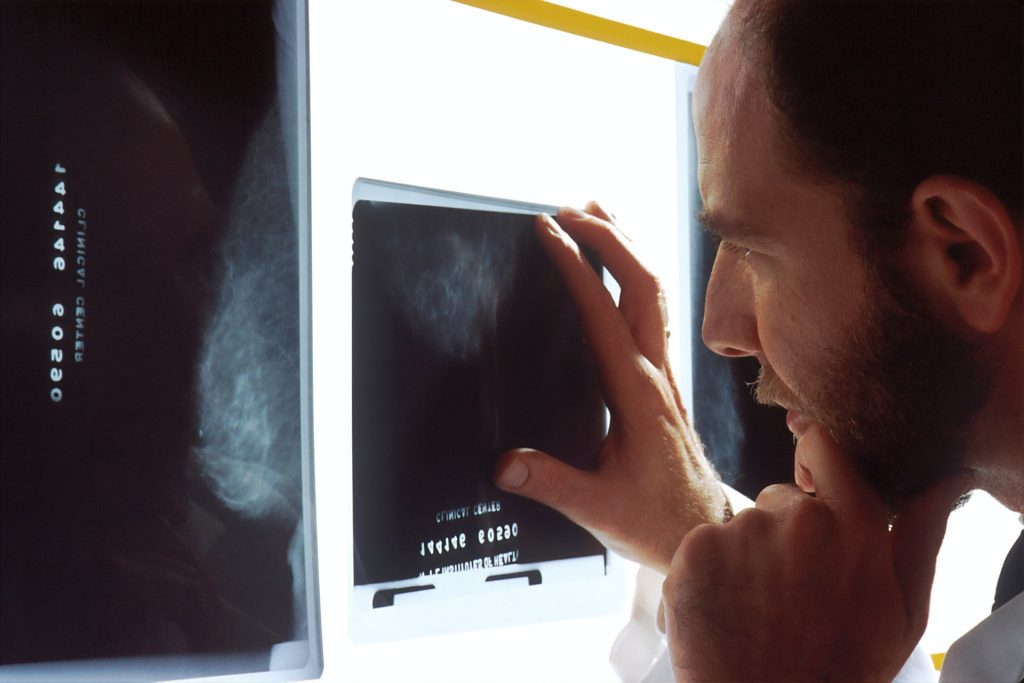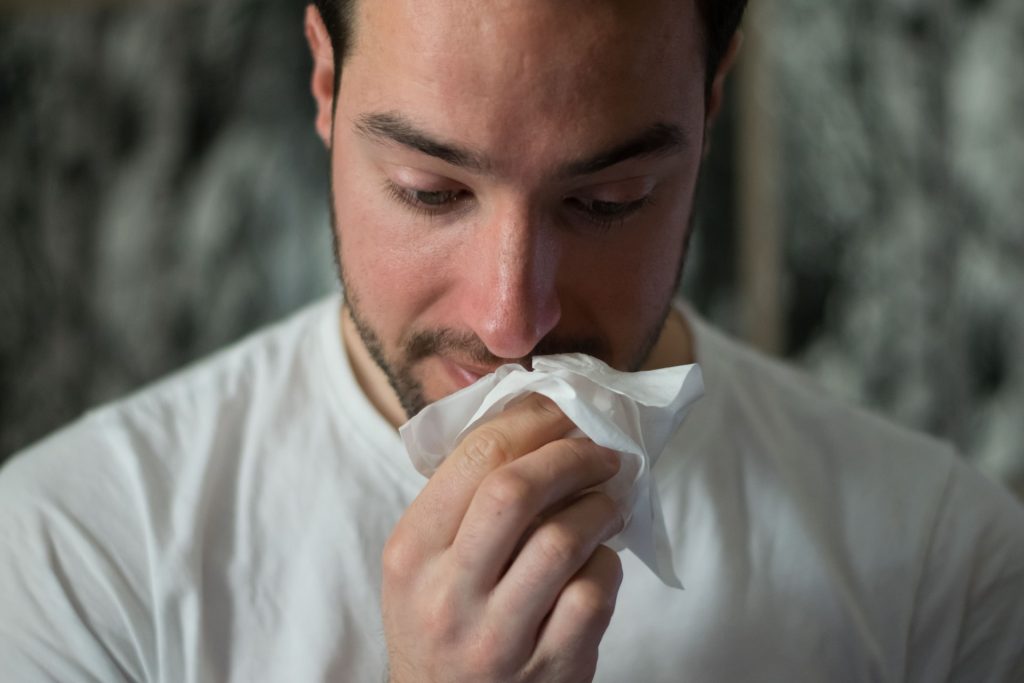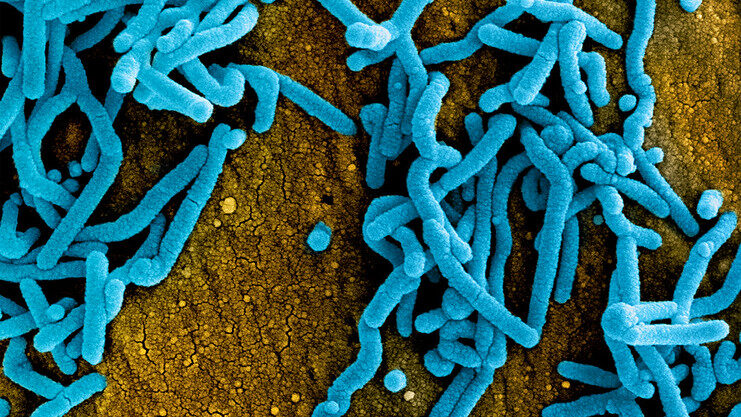Joint Statement Says Prior Radiation Should not Affect Decisions to Image

Previous radiation exposure should not be considered when assessing the clinical benefit of radiological exams, according to a statement by three scientific groups representing medical physicists, radiologists, and health physicists.
Medical radiation exposure is a hot topic. People receive average annual background radiation levels of around 3 mSv; exposure from a chest X-ray is about 0.1 mSv, and exposure from a whole-body CT scan is about 10 mSv. The annual radiation limit for nuclear workers is 20mSv.
The American Association of Physicists in Medicine, along with the American College of Radiology and the Health Physics Society, issued a joint statement opposing cumulative radiation dose limits for patient imaging, saying that there could be negative impacts on patient care. The statement opposes the position taken by several organisations and recently published papers.
“It is the position of the American Association of Physicists in Medicine (AAPM), the American College of Radiology (ACR), and the Health Physics Society (HPS) that the decision to perform a medical imaging exam should be based on clinical grounds, including the information available from prior imaging results, and not on the dose from prior imaging-related radiation exposures,” the statement reads.
“AAPM has long advised, as recommended by the International Commission on Radiological Protection (ICRP), that justification of potential patient benefit and subsequent optimization of medical imaging exposures are the most appropriate actions to take to protect patients from unnecessary medical exposures. This is consistent with the foundational principles of radiation protection in medicine, namely that patient radiation dose limits are inappropriate for medical imaging exposures.
“Therefore, the AAPM recommends against using dose values, including effective dose, from a patient’s prior imaging exams for the purposes of medical decision-making. Using quantities such as cumulative effective dose may, unintentionally or by institutional or regulatory policy, negatively impact medical decisions and patient care.
“This position statement applies to the use of metrics to longitudinally track a patient’s dose from medical radiation exposures and infer potential stochastic risk from them. It does not apply to the use of organ-specific doses for purposes of evaluating the onset of deterministic effects (e.g., absorbed dose to the eye lens or skin) or performing epidemiological research.”
The Radiological Society of North America also endorses the position.
The AAPM emphasises the importance of patient safety in their position. Radiation usage must be both justified and optimised and benefits should outweigh the risks.
“This statement is an important reminder that patients may receive substantial clinical benefit from imaging exams,” said James Dobbins, AAPM President. “While we want to see prudent use of radiation in medical imaging, and many of our scientific members are working on means of reducing overall patient radiation dose, we believe it is an important matter of patient safety and clinical care that decisions on the use of imaging exams be made solely on the presenting clinical need and not on prior radiation dose.
“AAPM is pleased to partner with our fellow societies—the American College of Radiology and the Health Physics Society—to bring a broadly shared perspective on the important issue of whether previous patient radiation exposure should play a role in future medical decision making.”
The AAPM cites the International Commission on Radiological Protection, which stresses that setting radiation exposure limits to patients is not appropriate. This is partly due to a lack of standardised dose estimates.
The position only addresses stochastic risks from radiation exposure, which are chance effects whose risk for a given imaging exam, like cancer,is unrelated to the amount of prior radiation. Deterministic effects, incremental, direct exposure responses, such as skin damage, result from different biological mechanisms and are not included.
The AAPM compiled a list of answers to frequently asked questions on the topic of medical radiation safety along with references to research papers which support the organisation’s position.
Source: News-Medical.Net










